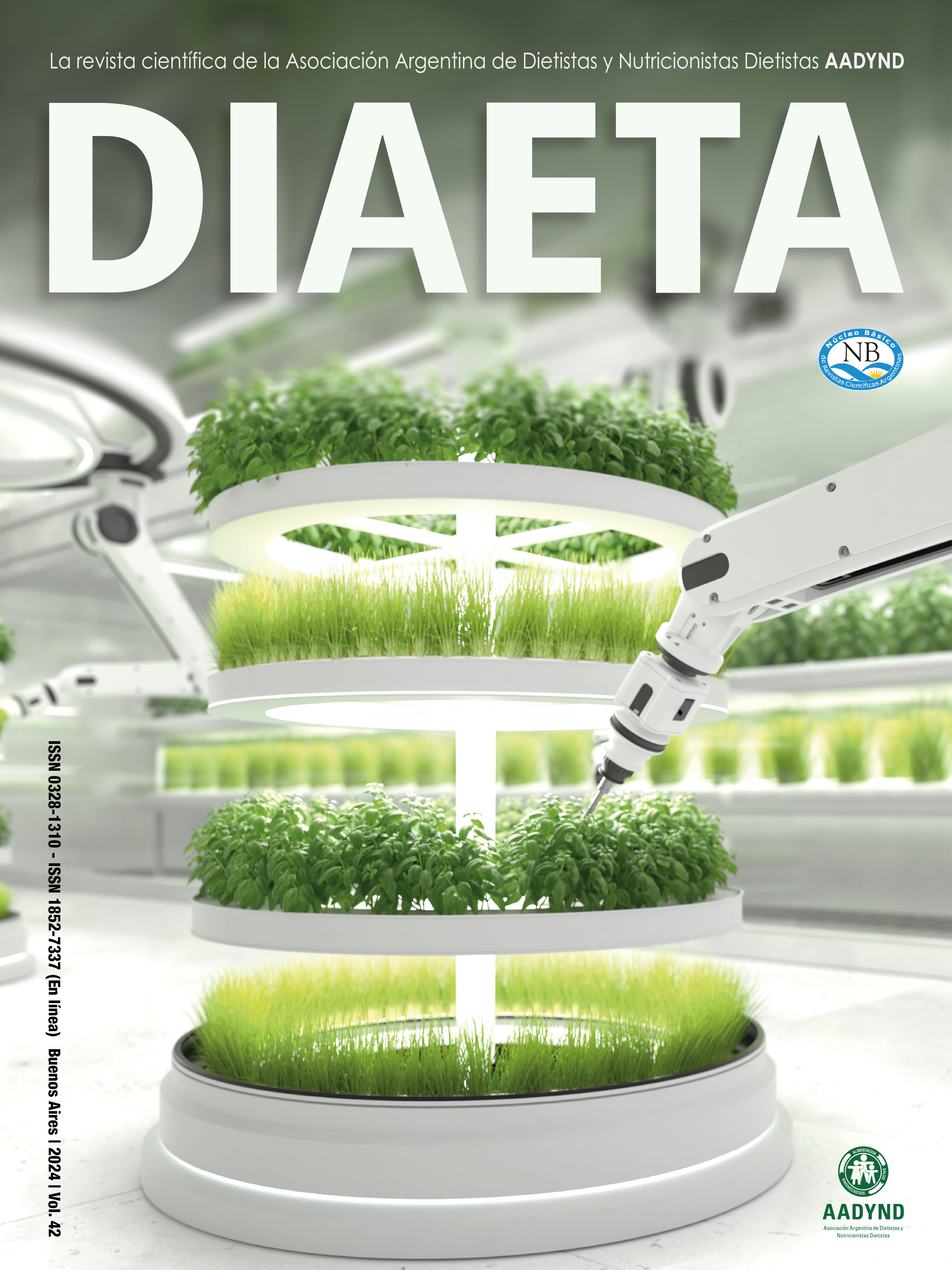Food security of students of the Bachelor’s Degree in Nutrition of the National University of La Matanza after the SARS-COVID 19 pandemic and the comparison with data collected in 2018
Keywords:
food security, right to food, covid 19, households, students, nutritionAbstract
Introduction: COVID-19 pandemic deepened previous situations of vulnerability and has had profound consequences on food security and nutrition.
Research objective: to relate the level of food security and the economic capacity of the households of the students of the Bachelor’s Degree in Nutrition of the National University of La Matanza between 2022-2023 and compare with the results prior to the pandemic. To describe if students consider that the pandemic influenced the food security of their families.
Materials and method: cross-sectional design. An anonymous survey, with prior informed consent, was disseminated via online form. Non-probabilistic convenience sampling. Characterization according to place of residence and year of study. Food security was assessed with the Latin American and Caribbean Food Security Scale (ELCSA) proposed by FAO (classified as safety, mild, moderate and severe insecurity) and economic capacity with the CAPECO index used by INDEC (classified as high, medium, low and very low). A question on perception of the impact of the pandemic on household food security was included. Description of variables by absolute frequency and percentage, comparisons with chi2 α<0.05. Ad hoc basis for loading and analysis in Excel 2016.
Results: 249 surveys were collected, 30.5% of households were food secure, almost 7 out of 10 suffer from food insecurity in their household. The level of food security was independent of the place of residence and the economic capacity of the household. 35.7% considered that the pandemic had negatively influenced their food security. Compared to 2018, the percentage of food insecurity rose at the expense of the most extreme (severe) level. Concerning the other variables, the increase in food insecurity in areas such as CABA stands out.
Conclusions: the proportion of nutrition student households with food insecurity is high. The comparison to the pre-pandemic shows a worsening in the conditions to ensure adequate nutrition.
Downloads
Published
How to Cite
Issue
Section
License
Copyright (c) 2024 DIAETA

This work is licensed under a Creative Commons Attribution-NonCommercial-ShareAlike 4.0 International License.








